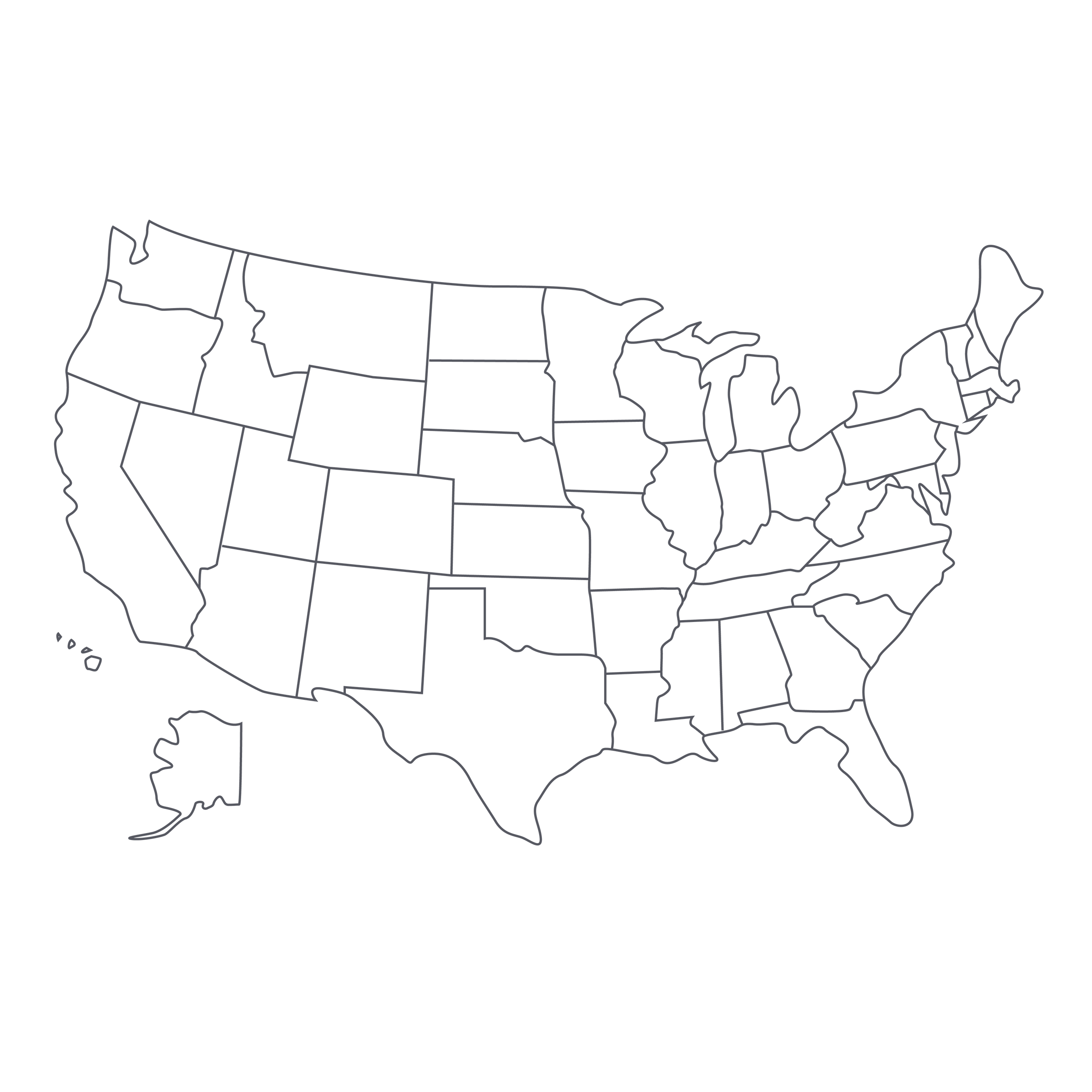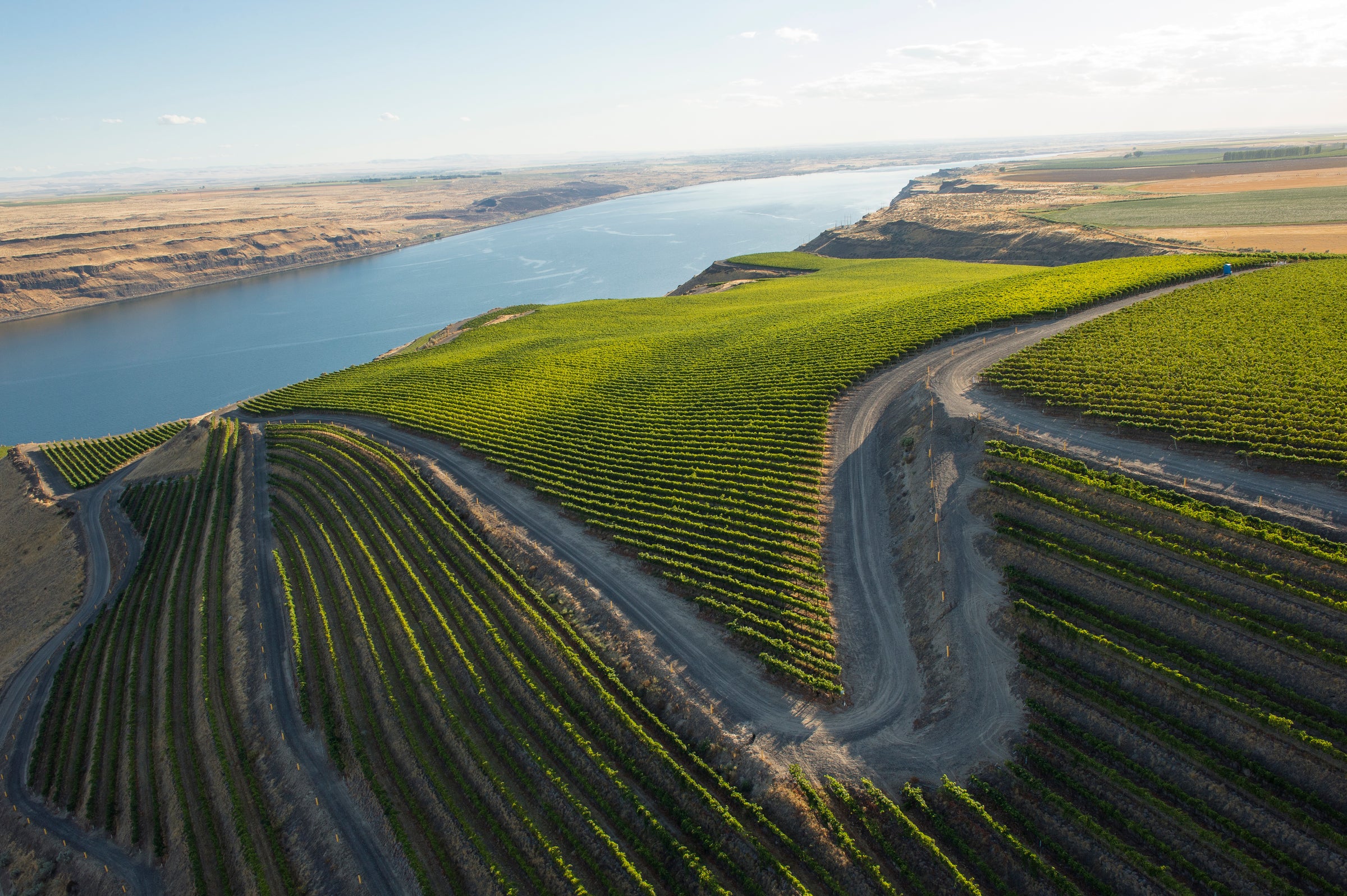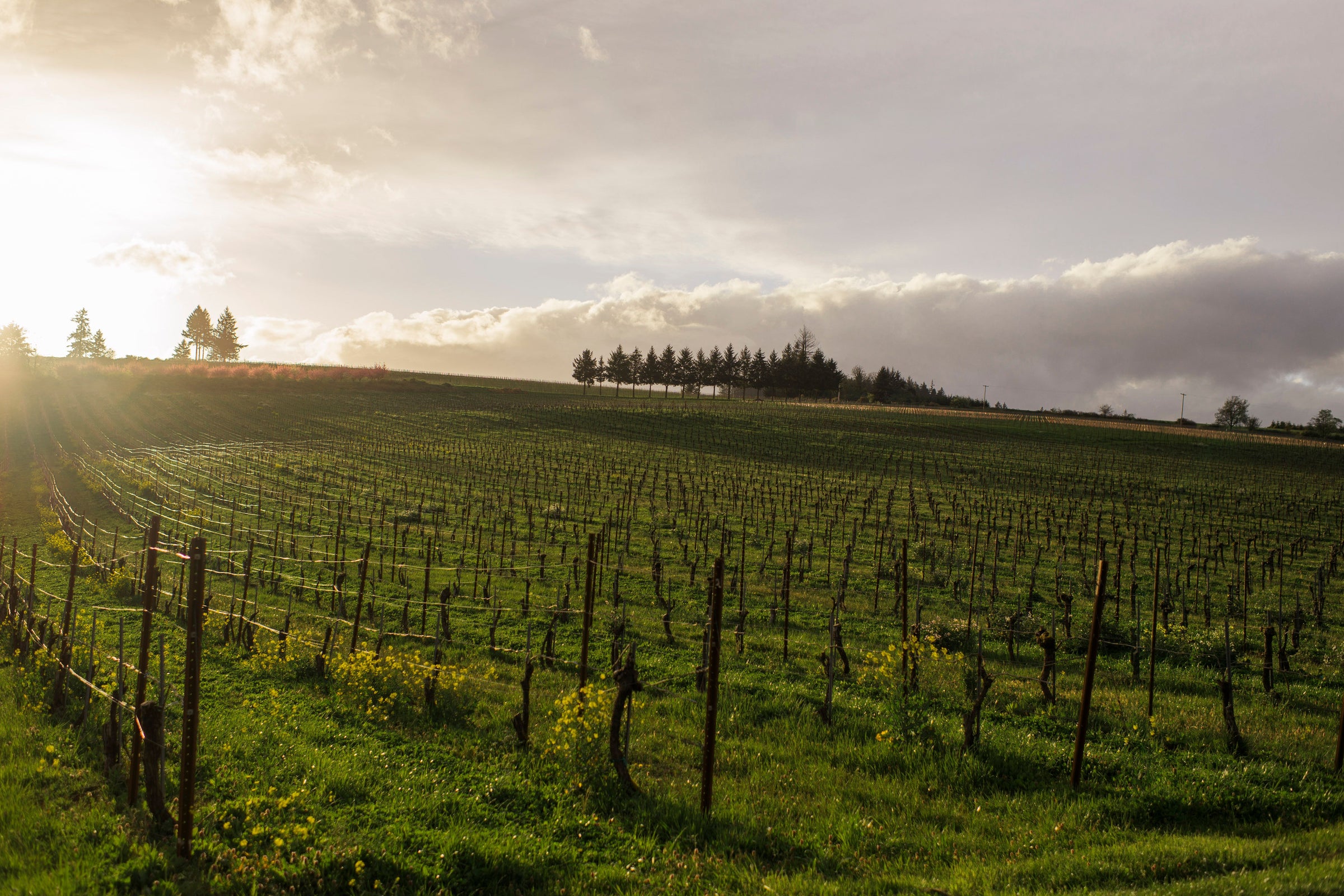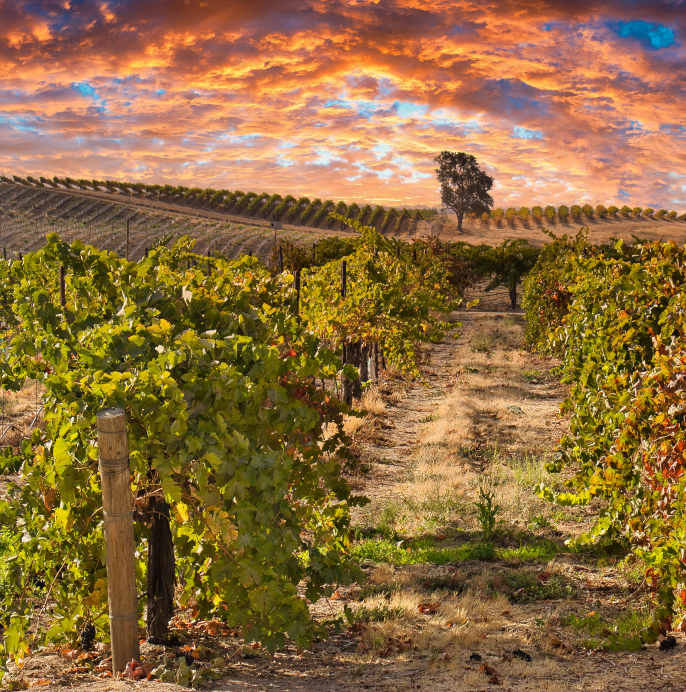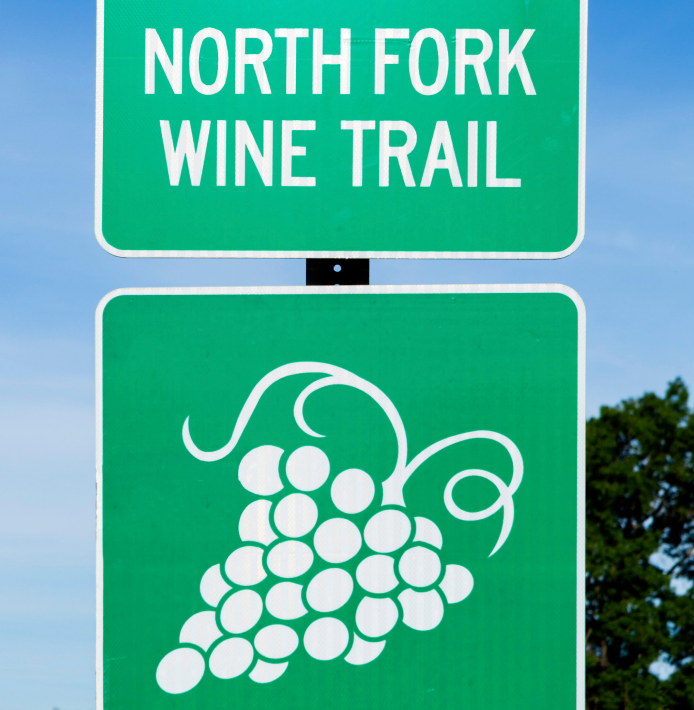Making elite Napa Valley Cabernet Sauvignon from one of the region’s most historically important vineyards is no joke. One look at the roster of producers sourcing fruit from the “Georges III” vineyard in Rutherford—arguably the crown jewel in the portfolio of heritage vineyards owned by the Beckstoffer family—is enough to intimidate anyone, as is the sheer volume of gaudy critics’ scores for the wines. But after a 12-year run making acclaimed wines from another iconic Napa site, the Stagecoach vineyard, Patrick Krutz was in search of a new Cabernet Sauvignon nirvana.
He landed on the Beckstoffer Georges III site, but as he has said, “you can’t just go knock on Andy or Dave Beckstoffer’s door and request grapes.” Krutz is a Mississippi native who only started making wine in the early 2000s; he’s self-taught and works on a small scale, so the notion of getting prime Cabernet Sauvignon from Beckstoffer must have seemed as far-fetched as making the Ole Miss football team as a walk-on. But here we are, with a 100% Cabernet Sauvignon from the Georges III site that oozes both varietal and soil character. It is a deeply impressive Napa Cabernet, structured and mineral in a way that is increasingly rare in this part of the world. Sure, it spends an extended period in expensive, new French oak, as such wines are wont to do, but it’s not all about flash and mass. There’s some real soul to this wine, which is a fitting tribute to the vineyard that once belonged to the legendary Georges de la Tour of Beaulieu. We have very little of this rarity to share, but if you pride yourself on collecting the greats, take up to three bottles today and run!
Not long after graduating from the University of Mississippi, Patrick Krutz took time off to travel and found himself with a job at The Cheese Shop in Carmel, CA. He fell hard for wine and the wine business, and jumped right in: just a few years later he was producing his own wines on a “garage” scale, learning as he went. He didn’t go to enology school, but kept growing his skills, his contact list, and his team, which now includes his two brothers, Bryan and Cole. Their success with Cabernet from the Stagecoach Vineyard, coupled with some well-placed personal referrals, got them in the door at Georges III—and their first release from the site, the 2016 vintage, got blockbuster scores from the critics.
In terms of historical significance and proven excellence, it would be hard to find a vineyard in the Napa Valley with more pedigree than Georges III—and if there is one, the Beckstoffers probably own that, too. The 300-acre Georges III property, purchased by Andy Beckstoffer in 1988, is the base of operations for a company whose portfolio also includes Napa Cabernet landmarks such as “To-Kalon,” “Missouri Hopper,” and “Dr. Crane.” First planted in 1895, the Georges III vineyard was once known as “Beaulieu Vineyard Number 3,” and was the principal source for the legendary BV Cabernets of the ’60s and ’70s, as crafted by André Tchelistcheff. The soils in the Georges III site are the classic Rutherford mix of clay/loam and gravel, infusing Krutz’s 2018 with a pleasing dusty earth component on the finish.
Crafted from 100% Cabernet Sauvignon, today’s ’18 is a deep dive into the varietal character of Cabernet and the soil character of Rutherford. It was fermented in 50-hectoliter French oak vats and aged for 22 months in 90% new French oak barriques, and yet, even at this young stage in its life, oak is not the only story. It has come out of the gate with an excellent balance of fruit, earth, and oak, with enough freshness to carry its considerable weight. In the glass, it’s an opaque ruby-purple moving to a magenta rim, with explosive aromas of cassis, blackberry, black currant, violet, cigar tobacco, pencil lead and crushed rocks. It is full-bodied, for sure, but in a muscular, mineral way—it’s already showing well but has a long life ahead of it if kept well. If you decide to open a bottle now, decant it at least an hour before serving at 60 degrees in large Bordeaux stems; for this one, it might be worth breaking out one of your fancier cookbooks and giving seared duck breast a try. That’s the level you need to be working at for this Cabernet—but don’t worry, you can do it! Enjoy!
